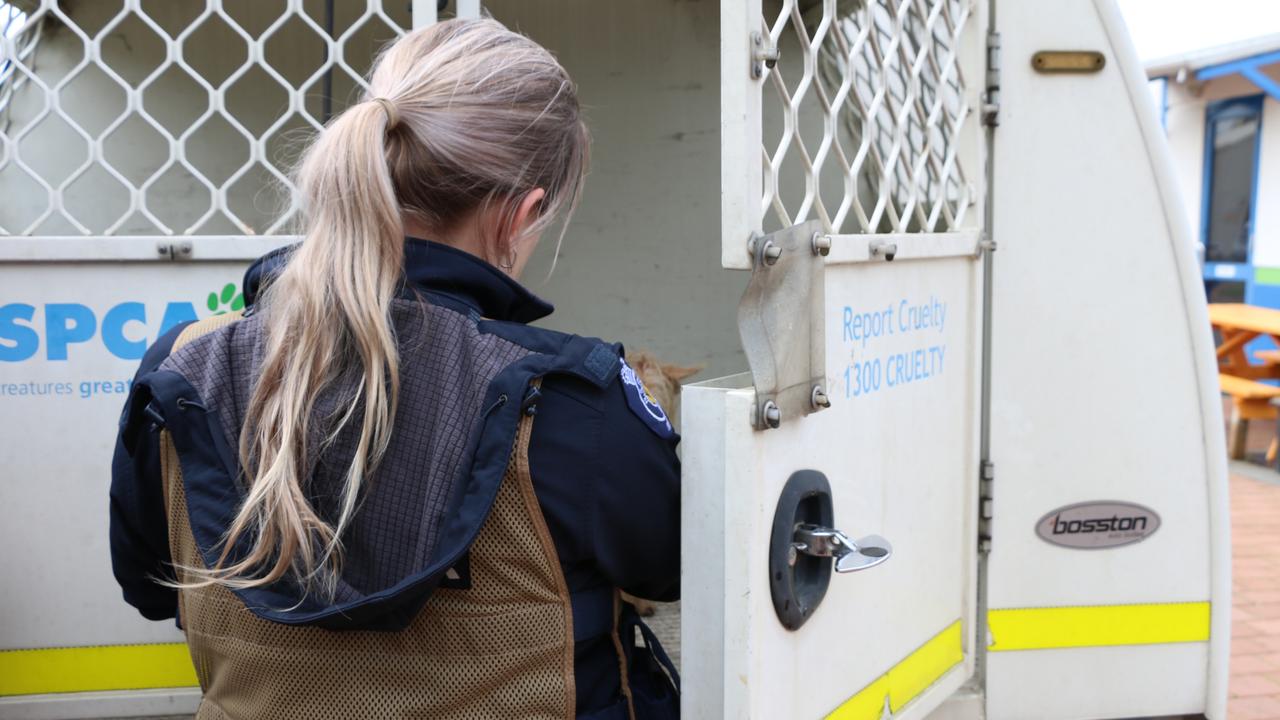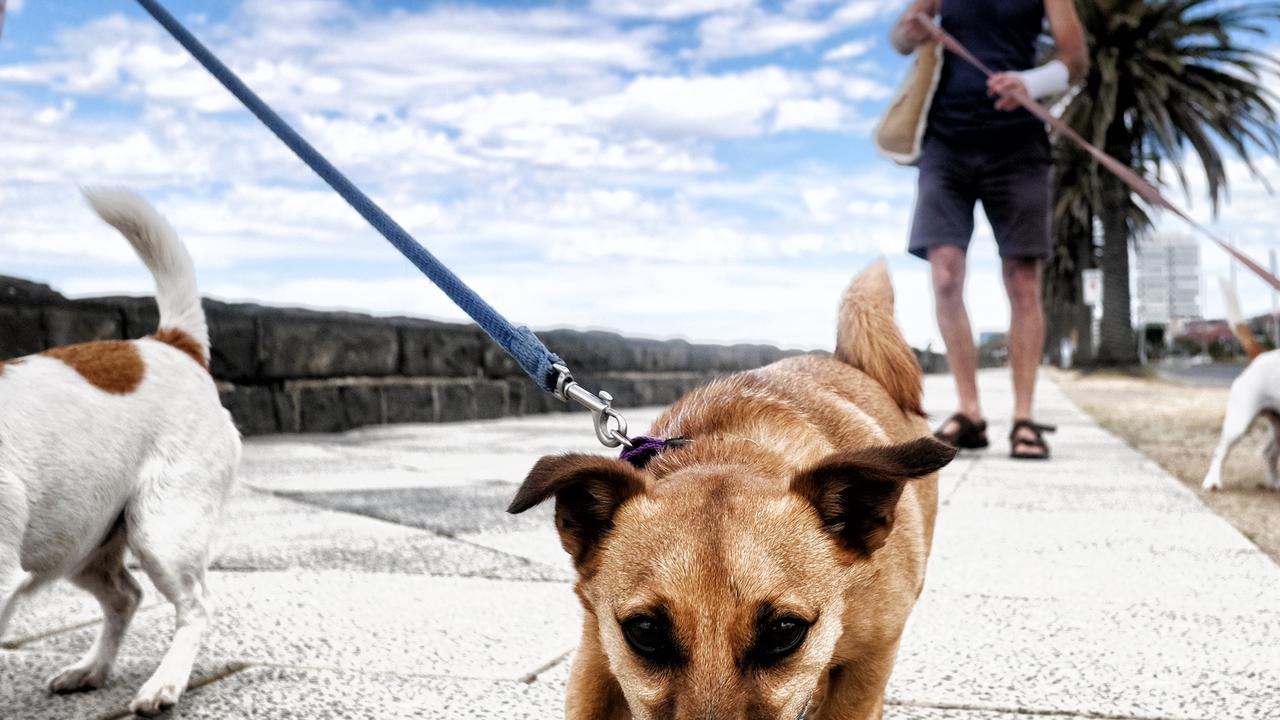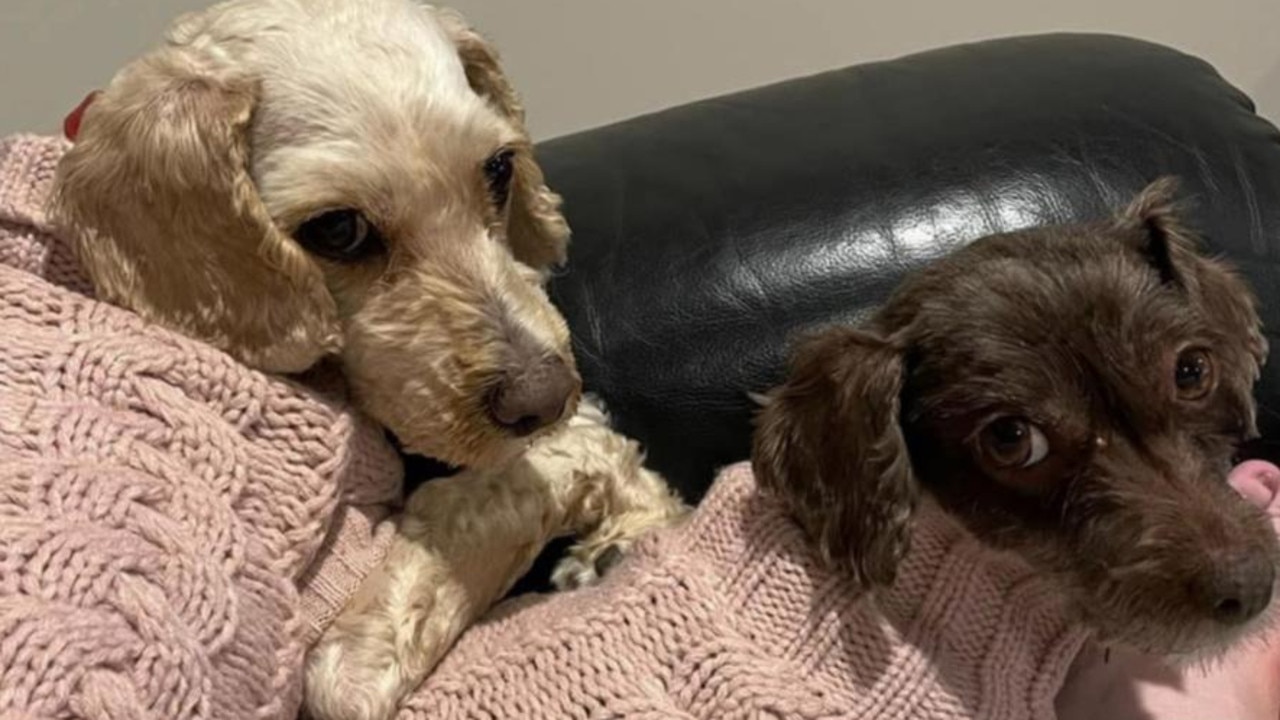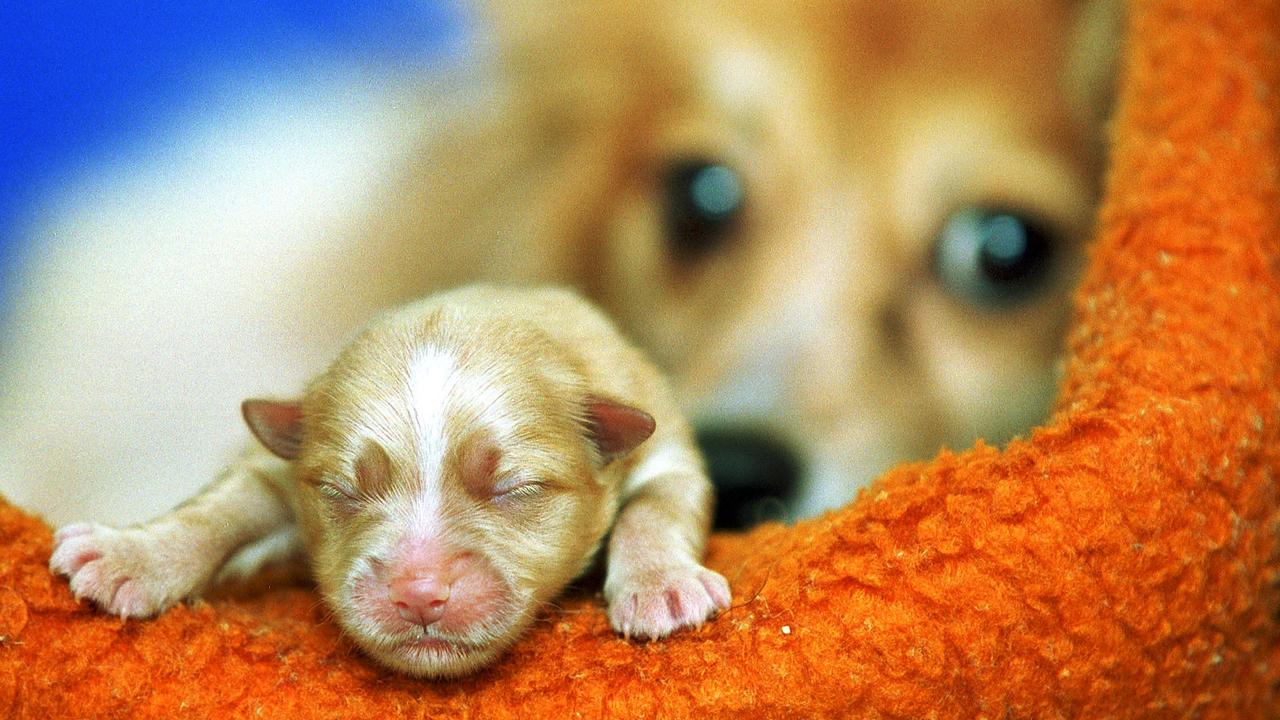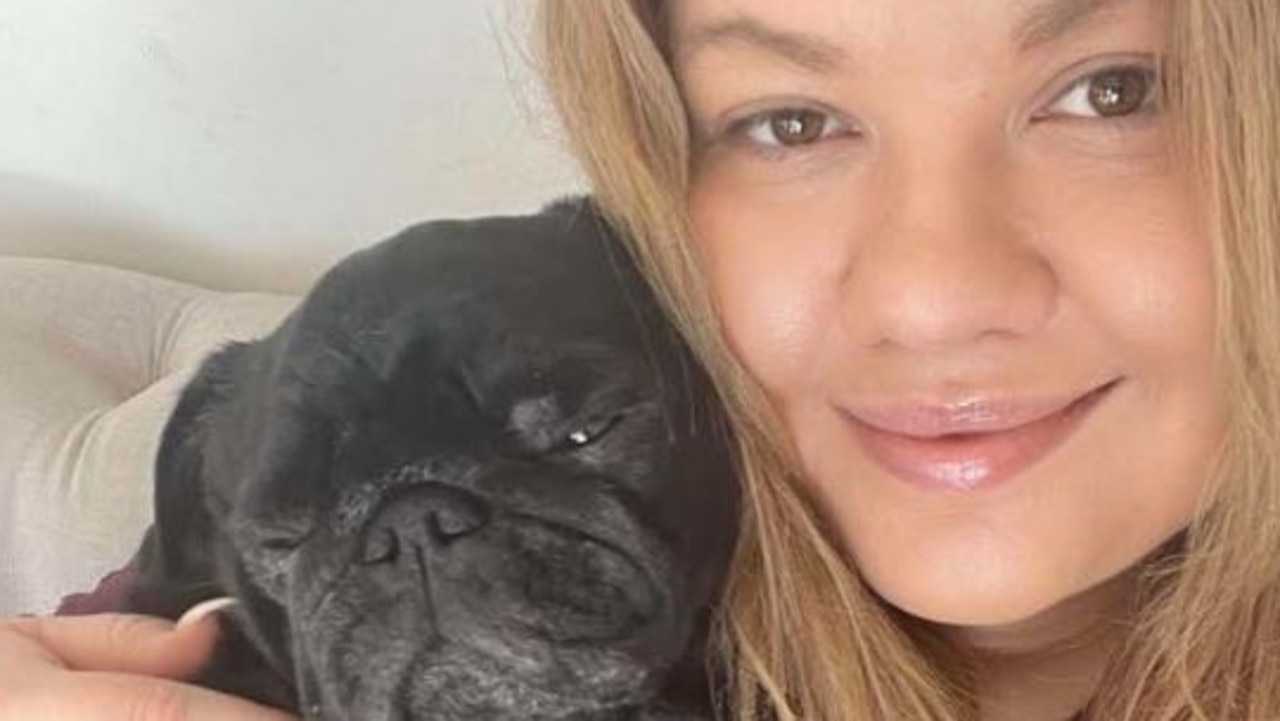This week: Reasons dogs pant at night and what causes their lumps
There are times when a panting pooch is normal, but the middle of the night is not one of these. Read about this poor panting dog with unusual lumps.

Pets
Don't miss out on the headlines from Pets. Followed categories will be added to My News.
Dr Magdoline Awad, chief veterinary officer at Greencross The Pet Company and SMARTdaily’s weekly pet columnist, explains possible causes for a pooches’ strange lumps and what may be the reason for its excessive panting.
WORRYING PANTING
My much loved 13-year-old maltalier has started excessively panting in the early hours of the morning. He’ll come up in bed with me and I’ll stroke and cuddle him until he calms down but it is really quite worrying. A couple of years ago he had a major operation to remove lumps from around his body.
The vet said they weren’t cancerous but many have returned and some new ones have grown. I will take him to a vet for a check-up but is there anything I can give him or should be doing daily?
– Lynette
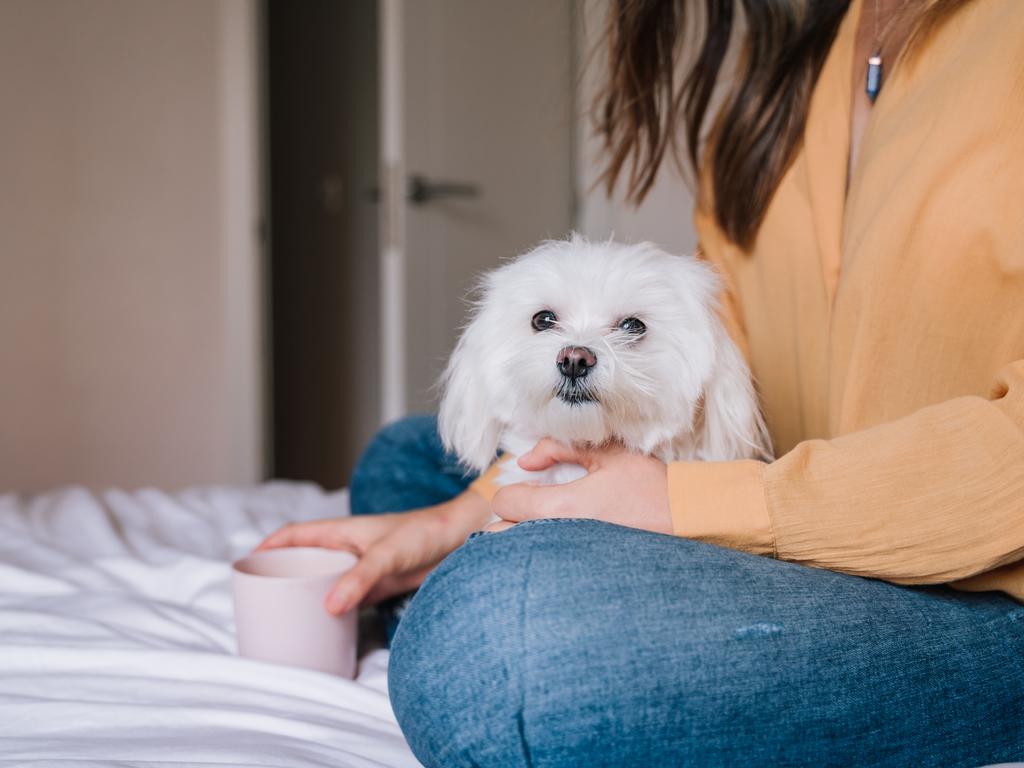
Panting can suggest pain, excitement, anxiety and is also how our pets cool down. Many older pets have osteoarthritis and feel this more as we come into winter. As you mentioned, it would be best to get your vet to check him so they can recommend a specific treatment for his needs.
There are supplements and medication available that can help.
A good daily practice, if you don’t already, is taking him for short walks. Regular exercise has been shown to help manage arthritis. Walking is also a wonderful bonding time for you and him. If anxiety is an issue, you can assist your dog by making sure there are minimal changes in the environment and sticking to a regular routine. Your vet may also suggest various supplements and/or medication to help manage this.
Another common cause of panting in older dogs is Cushing’s disease, where the cortisol hormone goes into overdrive.
Other signs of this include increased thirst, increased hunger, thin skin and hair coat and a pot-bellied appearance. It would be worthwhile taking note of any changes like this to report to your vet. Fortunately, Cushing’s disease can be managed with medication and regular vet checks.
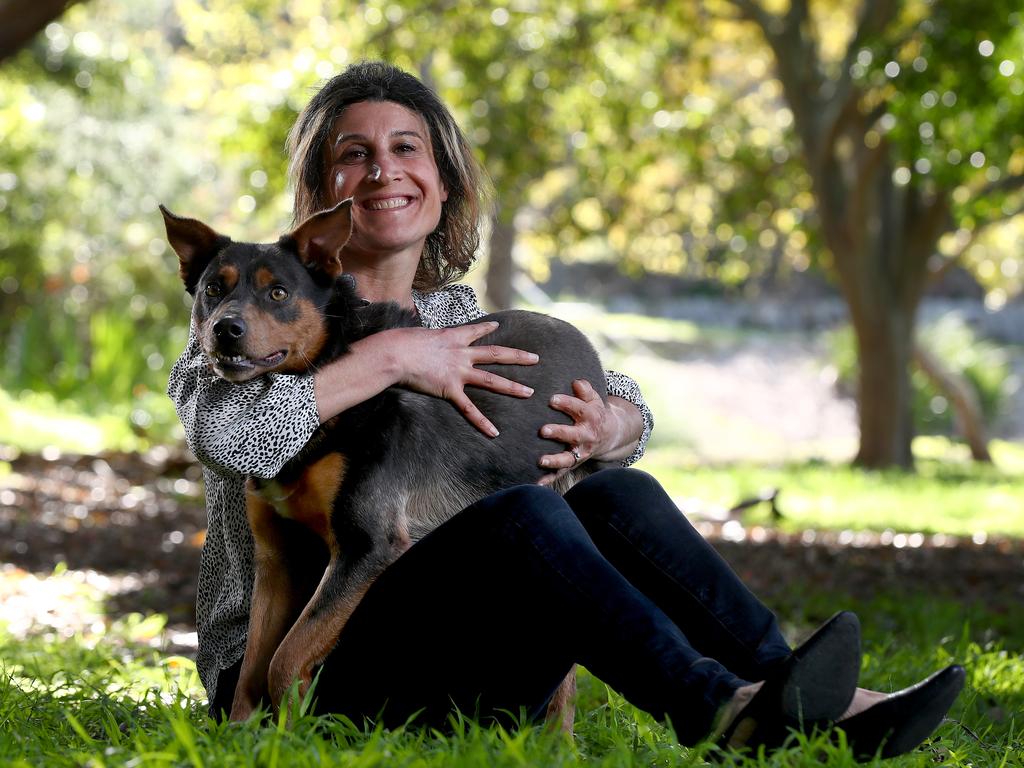
Dogs tend to grow more lumps as they age, just like us. It is best to have your vet examine them closely, often by taking a fine needle aspirate. This samples some cells for them to check under the microscope. Sometimes a biopsy is needed to determine the cause. At home, you could monitor and record the location and size of the lumps. Other things to note are texture, do they feel hard or soft? How easily do they move? Are they growing rapidly or becoming ulcerated or bleeding? How long have they been there for?
While previous lumps that were removed may not have been cancerous, we can’t assume that any new lumps in the same spot are the same type or that lumps elsewhere are similar.
You are right in making an appointment to see your vet.
GOT A PET QUERY?
Email smartdaily@news.com.au
Originally published as This week: Reasons dogs pant at night and what causes their lumps




